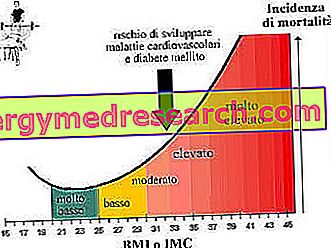Scroll down the page to read the summary table on legionella and legionellosis.
| Legionella: presentation | Gram-negative aerobic obligate non-fermenting bacterium, one of the major responsible for bacterial pneumonia |
| Etymology of the term | The name legionella is attributed to that microorganism that in 1976 caused a serious bacterial pneumonia to 221 legionaries and death to 34 of them. The name "legionella" recalls that tragic event |
| Legionella: description |
|
| Legionella: biochemical characteristics |
|
| Legionella: diffusion and natural habitat | The environment represents the natural reservoir of legionellae → bacteria that are particularly common in nature:
|
| Legionella: temperature and pH | Legionellae replicate at a pH between 5.4 and 8.1 Ideal replication temperature: 25-45 ° C (can live at temperatures varying from 5.7 ° C to 55 ° C) |
| Legionelle: transmission of the beat |
|
| Legionella: possible diseases |
|
| Legionellosis: general description | General term that indicates all the various types of infection generated by obligatory aerobic gram-negative bacteria belonging to the genus Legionella |
| Legionellosis: Legionnaires' disease |
|
| Legionellosis: Pontiac fever (acute form) |
|
| Legionellosis: Pontiac fever (sub-clinical form) |
|
| Legionellosis: epidemiology | It is estimated that legionellosis affects 8, 000-18, 000 subjects each year Legionellosis in Italy: estimated at around 1, 000 patients each year, but still underestimated |
| Legionellosis: prevention | The WHO has placed legionella infections under surveillance Objectives :
|



